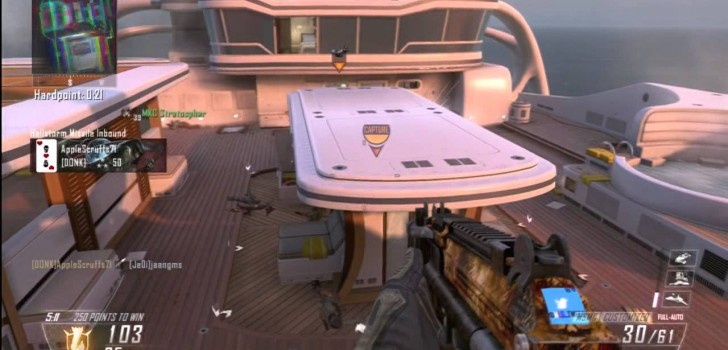The Gujarat State in India has been hit by massive demonstrations led by an influential high-caste clan that wants an end to affirmative action by the authorities. The central government instead responded by imposing a curfew and deploying paramilitary forces.
The demonstrations took place in the city of Ahmedabad, approximately 450 kilometers north of Mumbai. Approximately half a million people, who were members of the Patel or Patidar community protests. Their major demand was that the Indian administration, which in their view unjustly favors factions at the lower end of India’s social caste system, has to make and implement to stop discriminating against them.
Chaos broke out following the arrest of the movement’s head, Hardik Patel, with police firing tear gas and baton-charging protesters.
On Tuesday, 22-year old Patel told a congregation in the city that the demonstration set for the following day could become violent if the tribe’s demands did not get a positive response.
Speaking to the Hindustan Times, Hardik said, “Our agitation will end the day the government will indicate that it is willing to give us reservation.”
“If you do not give our right, we will snatch it. Whoever will talk of the interest of Patels will rule over Patels,” Hardik Patel added.
He also said that he was ready to go on a hunger strike unless he was personally assured by the Gujarat principal minister Anandiben Patel that they would acknowledge the Patel community’s grievances.
Authorities condemned the violent behavior in Ahmedabad, adding that the demonstrating masses had caused extensive damage.
Speaking to Reuters, PC Thakur, Gujarat’s top police officer, said, “The agitators clashed with the police and members of the lower castes. They have burned down nine police stations and over three dozen buses.”
He added, “We had to impose a curfew to control the clashes. Offices, trading houses and educational institutions will not open today.”
Meanwhile in a televised speech, Indian Prime Minister Narendra Modi advised protesters to demonstrate peacefully.
“I appeal to the people of Gujarat to maintain peace,” Reuters quoted Modi as saying. “Violence will never achieve anything.”
The Patels have helped financial growth in the India and have traditionally controlled the diamond trade, the textile industry and oil processing.
However, they say that affirmative action by the Indian administration to give more opportunities to lower-caste citizens have gone too far and their clan members were not being given adequate opportunities to find administration jobs and join universities.
The protests could challenge the authority of Prime Minister Modi and have certainly caused a headache.























